What Size Av Cable For Camcorder ?
The size of the AV cable for a camcorder can vary depending on the specific model and brand. It is important to check the user manual or specifications of your camcorder to determine the correct size of the AV cable required. Common sizes for AV cables include 3.5mm, 2.5mm, and RCA connectors.
1、 AV cable compatibility with different camcorder models
The size of the AV cable for a camcorder can vary depending on the specific model and brand. There is no one-size-fits-all answer to this question as different camcorders may have different AV cable requirements. It is important to consult the user manual or specifications of your specific camcorder model to determine the correct size of AV cable needed.
AV cable compatibility with different camcorder models is an important consideration when purchasing or using a camcorder. With advancements in technology, newer camcorder models may have different AV cable requirements compared to older models. It is always recommended to check the compatibility of the AV cable with your camcorder before making a purchase.
In recent years, there has been a shift towards digital connections such as HDMI or USB for transferring audio and video signals. These digital connections offer higher quality and faster data transfer compared to traditional analog AV cables. As a result, some newer camcorder models may not even have AV cable ports, as they rely solely on digital connections.
However, there are still many camcorder models available that support AV cables for connecting to TVs or other devices with analog inputs. These AV cables typically have standard RCA connectors, with the yellow plug for video and red/white plugs for audio.
In conclusion, the size of the AV cable for a camcorder can vary depending on the specific model and brand. It is important to consult the user manual or specifications of your camcorder to determine the correct size of AV cable needed. Additionally, with advancements in technology, newer camcorder models may have different AV cable requirements or may not even have AV cable ports at all.
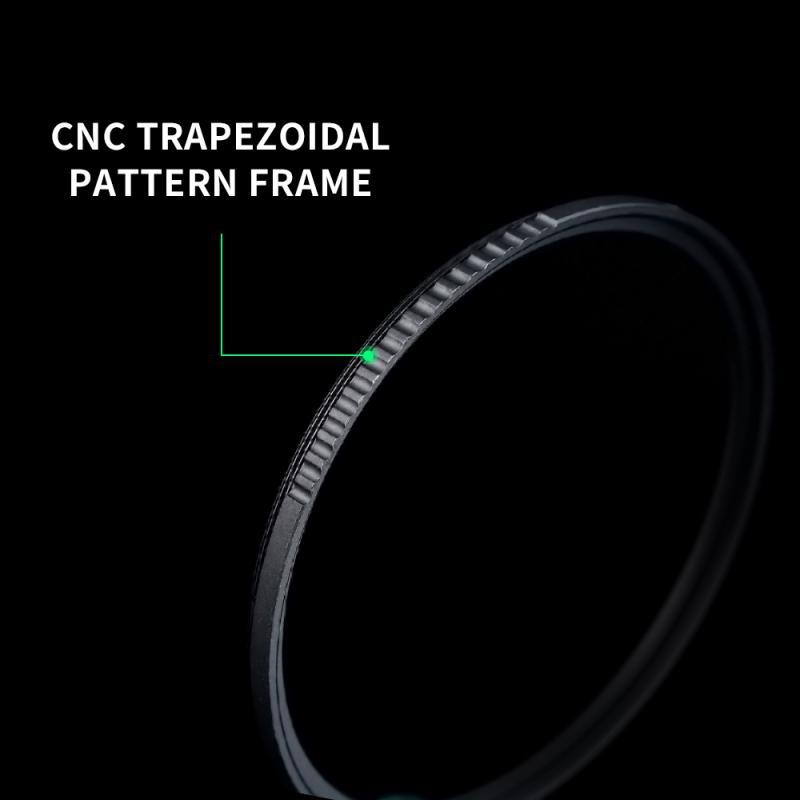
2、 Common AV cable sizes for camcorders
Common AV cable sizes for camcorders vary depending on the specific model and brand. However, there are a few standard sizes that are commonly used in the industry. The most common AV cable size for camcorders is the 3.5mm AV cable, also known as the mini AV cable. This size is widely used because it is compatible with most camcorders and other audio/video devices.
Another common AV cable size is the 2.5mm AV cable, also known as the sub-mini AV cable. This size is less common but can still be found on some older camcorder models. It is important to check the specifications of your camcorder to determine the correct AV cable size needed.
In recent years, there has been a shift towards digital connections such as HDMI and USB for transferring audio and video signals. These digital connections offer higher quality and faster data transfer rates compared to analog AV cables. Many modern camcorders now come equipped with HDMI ports, allowing for direct connection to TVs and other devices that support HDMI.
It is worth noting that as technology continues to advance, the use of AV cables for camcorders may become less common. Wireless and streaming options are becoming more prevalent, allowing for seamless transfer of audio and video without the need for physical cables.
In conclusion, the most common AV cable sizes for camcorders are the 3.5mm and 2.5mm sizes. However, with the rise of digital connections, the use of AV cables may become less prevalent in the future. It is always important to check the specifications of your camcorder to determine the correct AV cable size needed.
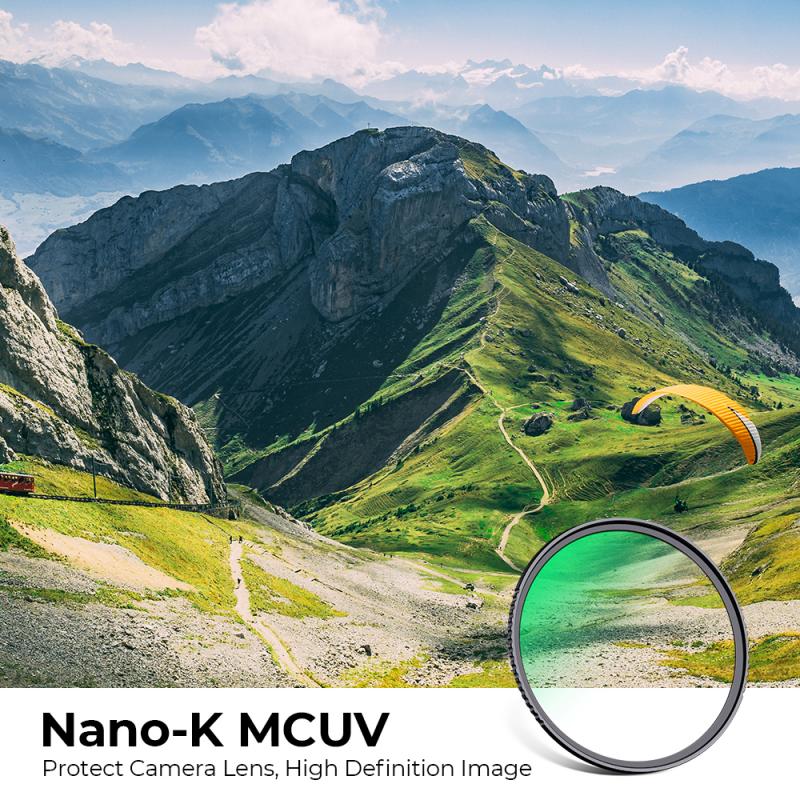
3、 Understanding AV cable connectors for camcorders
Understanding AV cable connectors for camcorders
AV cables are essential for connecting camcorders to TVs or other display devices to view recorded videos. When it comes to the size of AV cables for camcorders, it is important to note that there are different types of connectors available, each with its own size and compatibility.
The most common AV cable connector for camcorders is the RCA connector, which consists of three separate cables: one for video (usually yellow) and two for audio (usually red and white). These cables are typically color-coded for easy identification and connection. The size of the RCA connector is standardized, with a diameter of approximately 0.25 inches (6.35 mm).
However, it is worth mentioning that with the advancement in technology, many modern camcorders now come with HDMI (High-Definition Multimedia Interface) ports instead of traditional AV connectors. HDMI cables provide a digital connection and support high-definition video and audio signals. The size of HDMI connectors is smaller compared to RCA connectors, with a width of approximately 0.4 inches (10.2 mm).
It is important to check the specifications of your camcorder to determine the type and size of AV cable connector it supports. Some camcorders may also have additional ports such as USB or FireWire for connecting to computers or other devices.
In conclusion, the size of AV cable connectors for camcorders can vary depending on the type of connector used. While RCA connectors are the most common and have a standardized size, many modern camcorders now come with HDMI ports, which have a smaller size. It is always recommended to check the specifications of your camcorder to ensure compatibility with the appropriate AV cable connector.
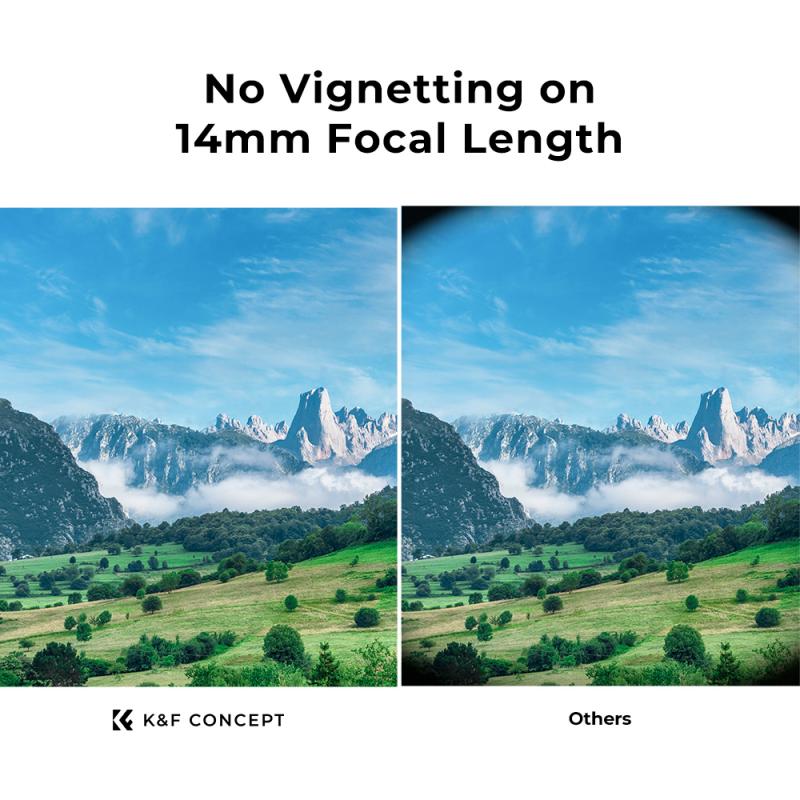
4、 AV cable options for analog and digital camcorders
AV cable options for camcorders vary depending on the type of camcorder you have. Analog camcorders typically use RCA cables, while digital camcorders often use HDMI or USB cables for video and audio output.
For analog camcorders, the most common AV cable is the RCA cable. This cable has three connectors: one for video (usually yellow) and two for audio (usually red and white). These cables are widely available and can be used to connect your camcorder to a TV or other display device that has RCA inputs. However, it's important to note that the quality of the video and audio may not be as high as with digital connections.
Digital camcorders, on the other hand, offer more advanced AV cable options. HDMI cables are commonly used for high-definition video and audio output. HDMI cables provide a digital connection, which means you can enjoy better picture and sound quality compared to analog connections. USB cables are also used for connecting digital camcorders to computers or other devices for transferring files.
It's worth mentioning that with the increasing popularity of wireless technology, some newer camcorders offer wireless AV connectivity options. This allows you to stream video and audio directly from your camcorder to a compatible display device without the need for cables.
In conclusion, the size of the AV cable for your camcorder depends on the type of camcorder you have. Analog camcorders typically use RCA cables, while digital camcorders may use HDMI, USB, or wireless connectivity options. It's always a good idea to check the specifications of your camcorder and the input options of your display device to ensure compatibility.
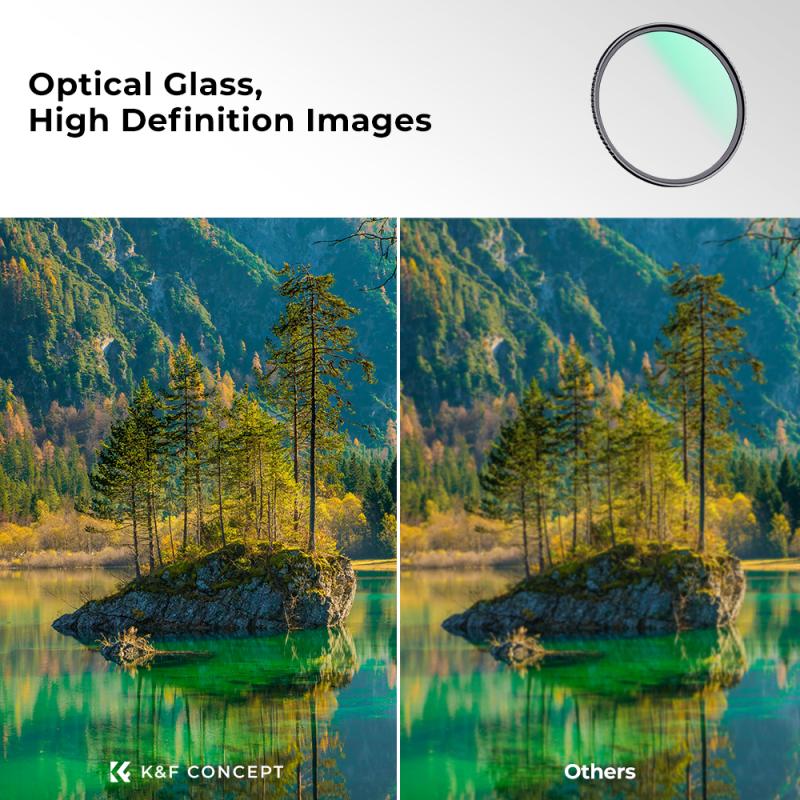

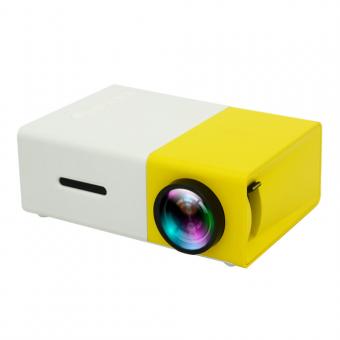
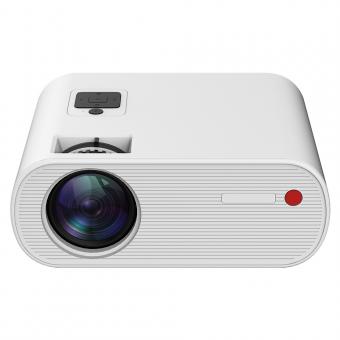
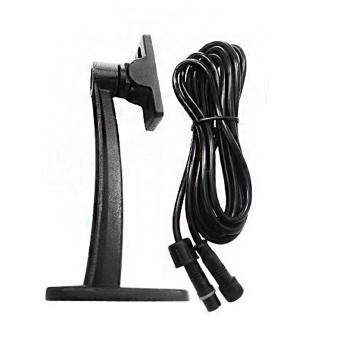

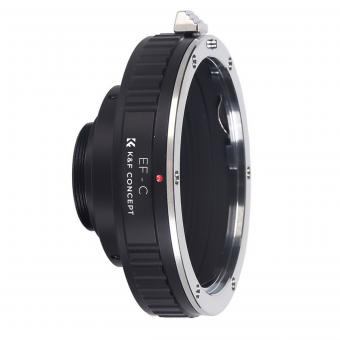
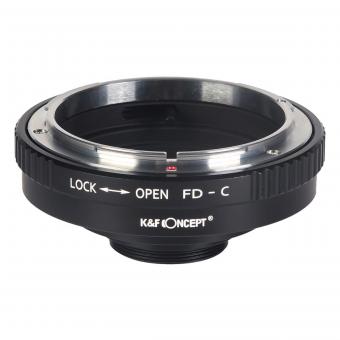
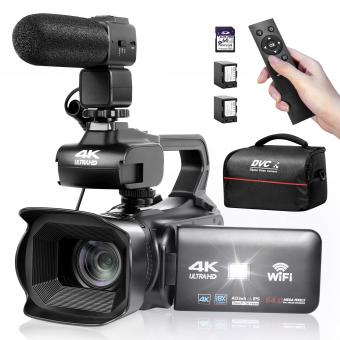
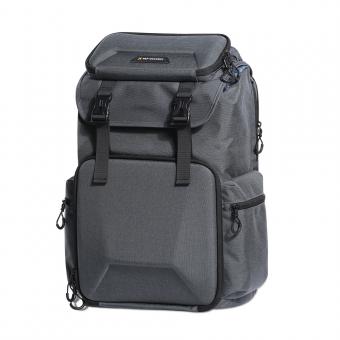
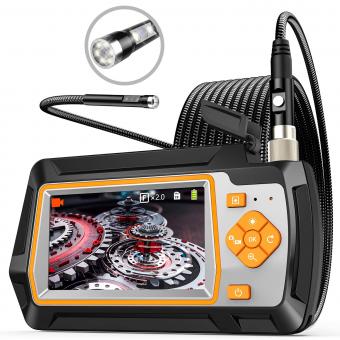


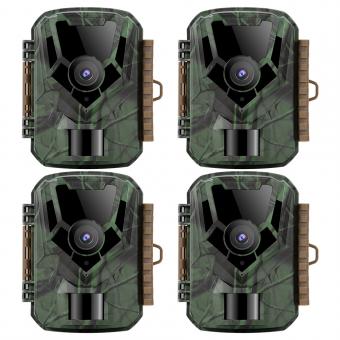
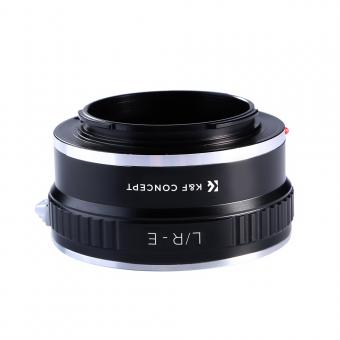






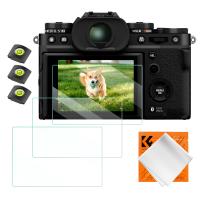
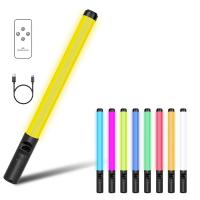
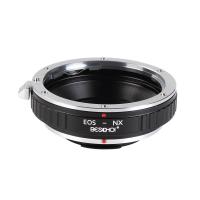
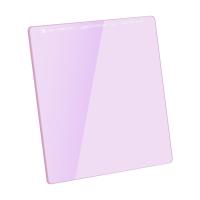




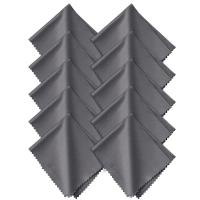
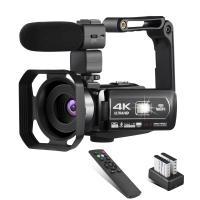
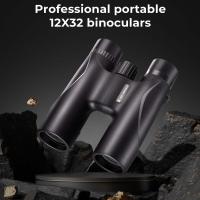
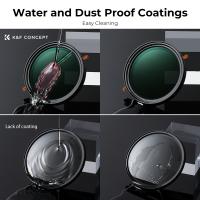

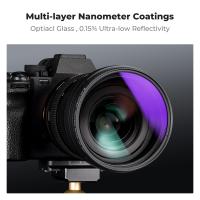
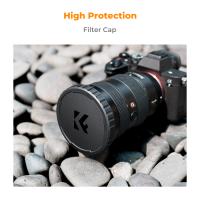
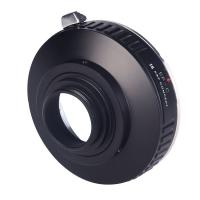
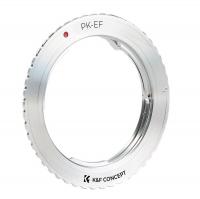
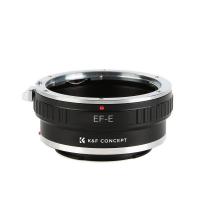

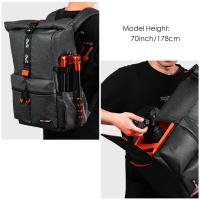
There are no comments for this blog.